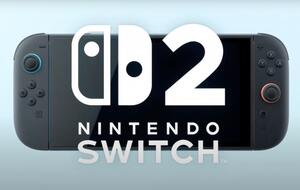The company has said its high-end handheld - created in partnership with Microsoft as part of the ROG gaming lineup - has been met with stronger-than-anticipated enthusiasm since its launch last month.
During its latest investor meeting, ASUS revealed that the Ally range is expected to generate between $96 million and $160 million in revenue this quarter, settling toward $130–160 million in subsequent quarters.
Executives described the market response as “extremely positive,” noting especially strong appetite for the premium configuration, which is now in short supply.
ASUS said: “These high-end variants are currently in short supply.
“We are working closely with key component suppliers to ramp up production and fill the demand gap that exists.”
The Xbox Ally X is positioned as the most powerful Windows handheld available, powered by AMD’s Z2-A and Z2 Extreme chipsets.
The console also serves as a proving ground for Microsoft’s next-generation Xbox strategy, which involves shifting fully to Windows, with the Ally’s Full Screen Experience and Xbox Game Bar offering a preview of how future Xbox hardware will function.
ASUS’ comments underscore how quickly the handheld PC space is evolving - and how much Microsoft is betting on a more open Xbox hardware ecosystem.
The company has already signalled plans to allow third-party manufacturers to build “Xbox devices,” mirroring Valve’s SteamOS strategy.
Still, challenges remain. Windows continues to present PC-style friction points, from intrusive pop-ups to inconsistent controller navigation, and Microsoft’s publishing pipeline for Xbox on PC lags behind Steam’s ease and scale.
For now, though, the Xbox Ally X has emerged as a commercial win, and ASUS’ ramp-up suggests demand isn’t slowing down anytime soon.





